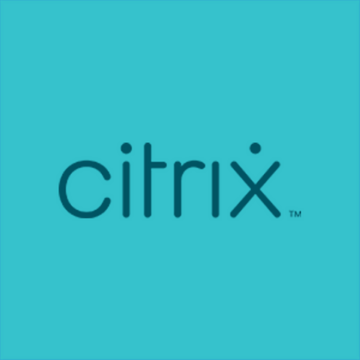I have worked at Citrix for three years, since we acquired Unidesk Corporation and obtained rights to what is now Citrix App Layering. Sometimes you wonder, when a large company acquires a startup, whether they’ll keep investing in that product or just use it to tick off a functionality checkbox. Citrix has kept investing in App Layering, and all of the innovation in Q4 2019 is evidence. In fact, this might have been the most innovative period for the product since I joined Unidesk back in 2010.
So what’s new? You can find out in our Citrix TIPs webinar on Wednesday, February 12, at 9 a.m. (ET) and 2 p.m. (ET). Register today, and check out the great series of blog posts my Citrix colleague Daniel Lazar has done, which covers many of these features:
- Performance and Scalability Enhancements — In this post, Dan discusses the new App Layering compositing engine for HyperV. This is where we offload the tasks to create packaging machines and publish some types of images from the App Laying appliance to worker machines. This significantly increases scalability and decreases packaging times. In version 1911, we brought Composting Engines to vSphere, which provided even bigger performance gains and added native support thin-provisioned VMDK files. Previously, we did not support packaging machines and published images.
- User Personalization Layer for Citrix Virtual Apps and Desktops — This post covers the new Personalization Layer for Citrix Virtual Apps and Desktops, which was just introduced as part of the 1912 LTSR. This is a feature of the VDA that builds on the App Layering User Layer technology to replace the functionality once provided by Citrix Personal vDisk Technology (PvD), which has been deprecated.
- App Layering Automation — The final post in the series discusses the upcoming release of the App Layering Cloud API. We have been asked for this functionality for a while, and it’s finally nearing an initial release. The App Layering Cloud API will allow customers to build automation into their App Layering workflows. The API can be used for both packaging and reporting, and its development is an exciting milestone for the App Layering team.
We also had several other, notable accomplishments:
- In version 1910, Search Index persistence was added to the user layer (also the Personalization Layer for Citrix Virtual Apps and Desktops). This is a critical requirement for user satisfaction of the Outlook experience.
- Along with the compositing engine Engine change, App Layering can now support GEN2 VMs in HyperV with both UEFI and VHDX. Just note that GEN2 machines cannot be imported as OS layers. Import a GEN1 machine, then add a version to the OS layer and convert it to GEN2.
- Also, along with compositing engines for vSphere, UEFI VMs can now be created in vSphere. Note, unlike the Hyper-V connector where we explicitly allow you to enable Gen 2 (UEFI) via a dropdown, the vSphere connector enables UEFI through templates only. This means that a UEFI-based template VM will need to be created ahead of time when configuring the vSphere connector. This allows for setting the VM hardware to EFI.
- Lastly, in version 1908, we released a method to allow for “user layer repair,” which, if you have used Unidesk for a while, you will remember as “re-install.” This allows for the user layer to be scrubbed of files that are also added to separate layers. To run a repair, the administrator copies repair json files from <StorageLocationShare>\Unidesk\Layers\App\Repair\ to the users user layer folder. The next time the user logs on, the associated layer files will be scrubbed from the user layer.
This is all great stuff that will have significant impact for everyone using Citrix App Layering to lessen the load of managing a Citrix Virtual Apps and Desktops environment.
You have two opportunities to join the webinar on Wednesday, February 12 — 9 a.m. ET and 2 p.m. ET. Each session will include time for a live Q&A. Sign up today!
Citrix TIPs Webinar: What’s New in Citrix App Layering
Date: Wednesday, February 12
Time: 9 a.m. and 2 p.m. ET
Register now!
— Rob Zylowski, Senior Enterprise Architect



